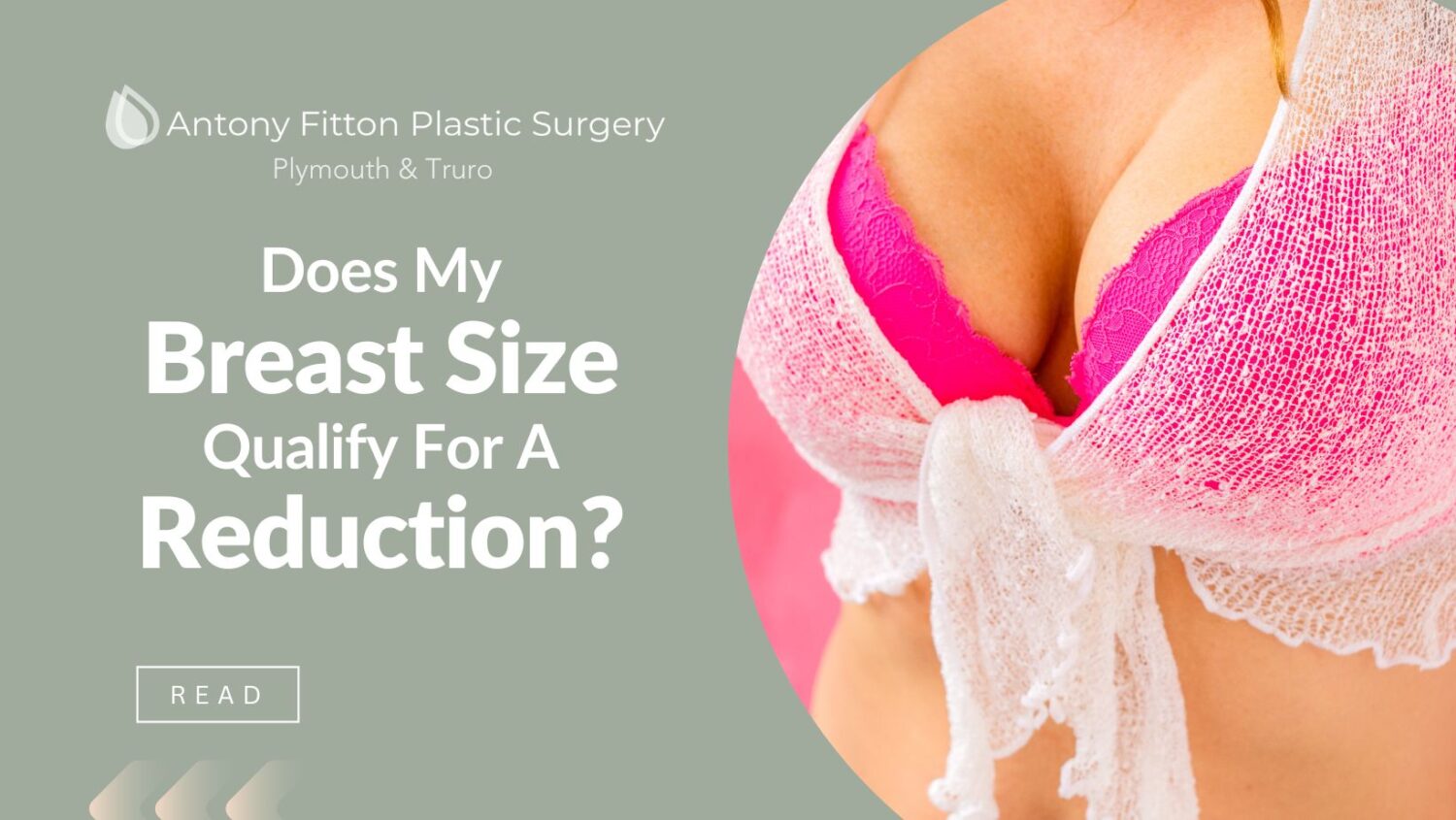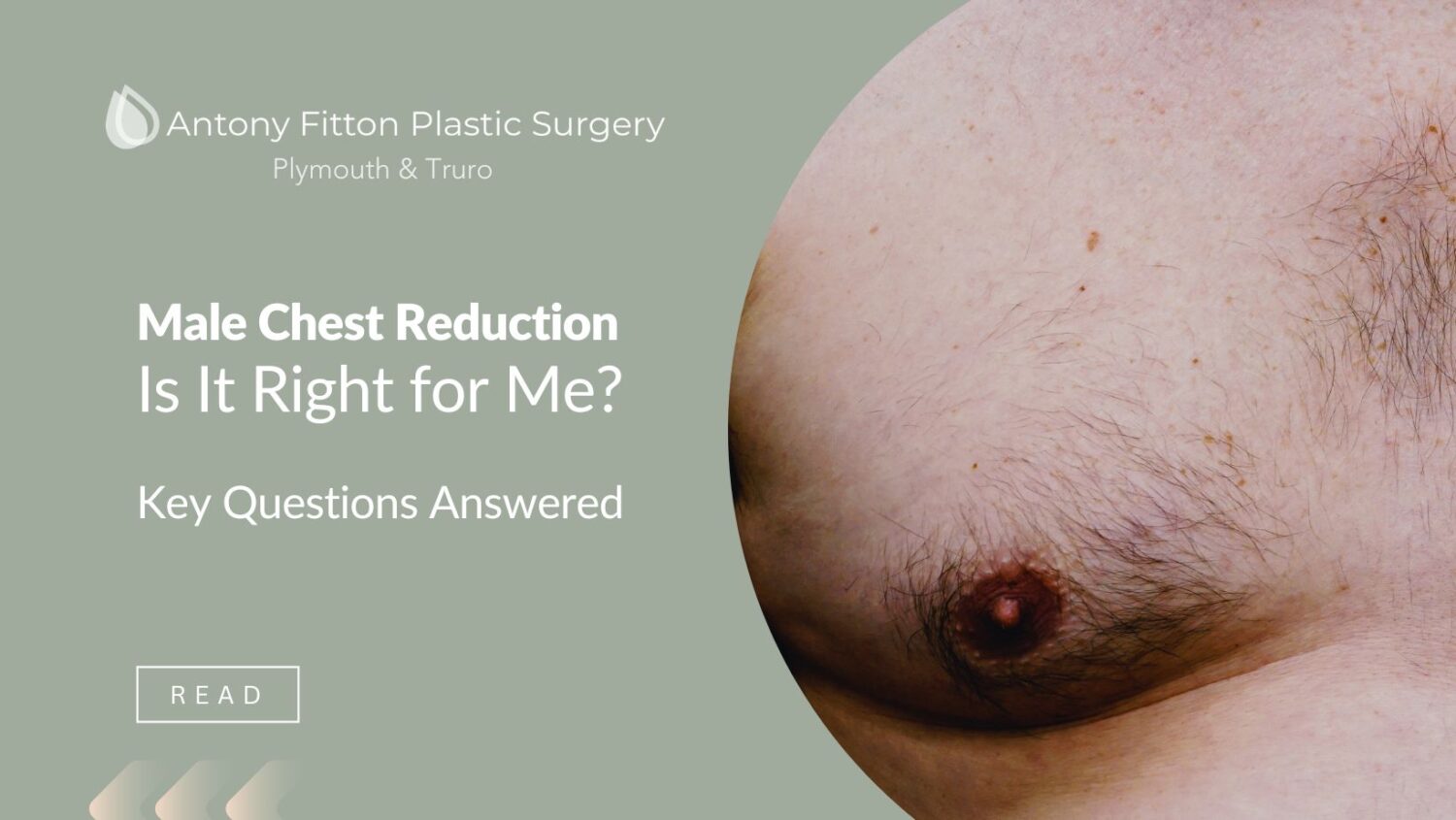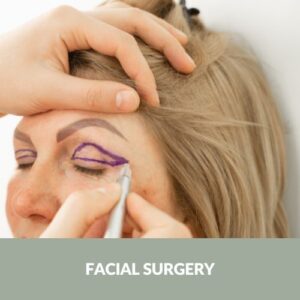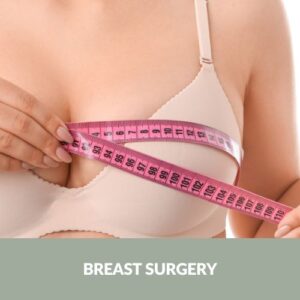
What breast size qualifies for a reduction?
Breast reduction surgery is a significant decision often made to alleviate physical discomfort or improve your quality of life. This procedure, also known as reduction mammaplasty, involves removing excess breast tissue to achieve a breast size that is in proportion with your body.
But what breast size qualifies for a reduction?
Understanding the size criteria is essential in determining eligibility for surgery. Each case is unique, and several factors come into play, including health concerns, personal discomfort, and aesthetic desires. Breast reduction surgery aims to alleviate discomfort associated with overly large breasts. In this blog, we’ll delve into the nuances defining this breast reduction surgery, explore the reasons why individuals opt for it, and highlight its psychological and physical benefits.
Definition and Purpose
Breast reduction surgery involves the strategic recontouring of the breast mound, nipple, and surrounding tissue to achieve a smaller, firmer, and more youthful breast appearance.
The primary purpose of this surgery is to address issues related to disproportionally large breasts that can cause physical pain and hinder an individual’s quality of life. By reducing breast size, the procedure also aims to create a breast shape that complements the individual’s physique, enhances clothing fit, and boosts self-esteem.
Reasons for a Breast Reduction
Several factors prompt individuals to consider breast reduction surgery:
– Physical Discomfort: Neck, shoulder, and back pain are common complaints among individuals with large breasts. These pains can result from the excessive weight that larger breasts place on the body.
– Skin Irritation: Large breasts can cause skin chafing or irritation beneath the breast fold or where bra straps cause indentations on the shoulders.
– Restricted Physical Activity: People with large breasts might find it challenging to engage in sports or other physical activities due to discomfort or self-consciousness.
– Clothing Fit Issues: Shopping for clothes becomes a daunting task, as finding attire that fits the bust without being too loose on other parts of the body can be a struggle.
Psychological and Physical Benefits
The benefits of undergoing breast reduction surgery are both psychological and physical, with individuals reporting enhanced quality of life post-surgery.
Physically, the surgery alleviates chronic pain and allows greater ease during physical activities.
Psychologically, individuals often experience a boost in confidence and self-esteem. They may feel more comfortable in their own skin and find increased pleasure in dressing and engaging in social activities without the burden of discomfort or embarrassment.
Criteria for Breast Reduction Surgery
When assessing eligibility for breast reduction surgery, several factors and guidelines are considered to ensure the procedure’s success and safety for the patient.
BMI and Health Considerations
While there is no universally fixed ‘qualifying breast size’, a Mr Fitton considers a patient’s Body Mass Index (BMI) and overall health status. Generally, candidates should be in good health and have a stable BMI that indicates they can undergo and recover from surgery effectively. Mr Fitton may recommend weight loss before the procedure if the patient’s BMI is particularly high, as a more controlled weight can lead to better surgical outcomes.
Symptoms and Discomfort
Candidates for breast reduction are typically expected to experience consistent physical symptoms related to their breast size, such as back, neck, or shoulder pain, and under-breast skin issues like irritation or fungal infections. The severity and persistence of these symptoms play a key role in determining if the surgery is medically necessary, thus influencing the decision-making process.
Insurance Requirements
Insurance coverage for breast reduction surgery often hinges on medical necessity criteria. Insurers usually require documented evidence of symptoms and prior treatments attempted for alleviation without success. This includes documentation from healthcare providers outlining the history of physical issues and any non-surgical interventions, like physical therapy or weight management, tried beforehand.
How to Prepare for a Breast Reduction
Preparing for breast reduction requires a comprehensive approach to ensure a smooth procedure and recovery. Here are some essential preparation steps:
– Consultation: A thorough consultation with a board-certified plastic surgeon is vital. This discussion should cover goals, expectations, and any medical history that might affect surgery.
– Medical Evaluations: Necessary pre-operative evaluations and tests help ensure the candidate’s fitness for surgery. This might include chest scans or mammograms.
– Lifestyle Adjustments: Patients are often advised to make specific lifestyle adjustments, such as quitting smoking, maintaining a healthy diet, and moderating alcohol consumption, to enhance healing and reduce surgical risk.
– Plan for Recovery: It’s crucial to arrange a support system for the immediate post-operative period. Having someone assist with daily activities, particularly in the first week, is helpful.
Embarking on the journey of breast reduction involves not just physical preparation but also mental readiness. Understanding and considering all aspects leads to a more satisfactory outcome for those looking to improve their quality of life.

Breast Size Guidelines
When considering breast reduction surgery, understanding the guidelines surrounding eligible breast size is crucial. Such a procedure is generally sought by individuals experiencing physical discomfort or mental distress due to breast size, rather than purely for aesthetic reasons. Here, we delve into several key aspects that define the qualifying criteria for breast size.
Volume and Measurement Standards
Breast size is typically measured by volume (cubic centimetres) and the bra size system, which includes the cup size and band circumference. Generally, candidates for breast reduction possess a cup size of DD or larger. However, it’s important to note that qualifying factors are less about the specific size and more about the symptoms experienced.
– Weight and Volume: Surgeons often consider the weight of breast tissue to be removed. Removing more than 500 grams per breast is often considered a significant reduction.
– Proportionate Size: Surgeons assess whether the breast size is proportionate to the individual’s frame. Disproportionately large breasts can cause a range of symptoms that may make reduction surgery necessary.
Comparing Large vs Small Breast Confidence
The perception of one’s breast size can significantly impact self-esteem and body confidence. Larger breasts, while often associated with femininity, can also lead to challenges such as difficulty in finding well-fitting clothing, experiencing unwanted attention, or physical discomfort, such as back and neck pain.
Conversely, some individuals with smaller breasts may feel less pressure related to physical discomfort but could still pursue augmentation for personal reasons. Confidence, therefore, is subjective and varies greatly from person to person.
– Psychological Impact: Those who perceive their breasts as excessively large may experience psychological distress. The relief provided by the surgery is often associated with an increase in self-esteem and a more positive body image.
– Physical Hindrance: Large breasts can impede physical activity, lead to skin irritation under the breast fold, and contribute to musculoskeletal issues.
Impact on Eligibility
Eligibility for breast reduction surgery is not solely determined by a specific breast size but by the symptoms experienced and their impact on quality of life.
– Symptom Evaluation: Candidates who suffer from chronic pain, posture issues, or skin problems are often considered ideal for the procedure. These conditions, linked to excessive breast size, often serve as a stronger determinant for eligibility than the size itself.
– Insurance Considerations: Many insurance companies require documented evidence of medical symptoms that have not been alleviated by non-surgical treatments. A thorough consultation with Mr Fitton can help individuals understand their eligibility better.
Not necessarily. Qualification depends on the presence of physical symptoms and their severity, as well as individual health considerations discussed with Mr Fitton.
While aesthetics can be a factor, the primary reason for eligibility is usually due to physical discomfort and related health issues.
Insurance coverage often depends on demonstrating medical necessity, which includes failed attempts at non-surgical treatment options to relieve symptoms.
No, a comprehensive evaluation of symptoms, overall health, and individual body proportions are essential to determine the need for surgery.
Breast reduction surgery offers a solution for individuals experiencing discomfort due to larger breast size.
The eligibility is determined by several key factors, primarily focusing on the degree to which breast size impacts one’s quality of life. While there are general guidelines regarding cup size or volume, a comprehensive evaluation includes considerations like physical symptoms, age, and overall health. It’s important to consult with a medical professional to determine individual suitability and to understand the realistic outcomes of the procedure.
Plastic surgery can be a life-changing decision, offering both cosmetic and functional benefits.
However, it is crucial to have accurate information and realistic expectations. Consulting with a certified and experienced plastic surgeon is the best course of action to ensure you receive personalised advice and clear answers to any queries.
– Educate Yourself: Research procedures thoroughly.
– Prepare for Recovery: Understand the time and effort needed for healing.
– Prioritise Your Safety: Choose reputable clinics and experienced professionals.
Ultimately, informed decision-making plays a vital role in achieving satisfactory results in any cosmetic procedure.
For a no-obligation quote
For a no-obligation quote, tailored specifically to you, please book in for your consultation with Mr Fitton. Your requirements will be discussed in full confidence in a friendly and relaxed atmosphere.
Following your consultation, the price you are quoted includes everything and there are no extra or hidden costs. Advice, treatment and aftercare are all part of our package to ensure your experience is positive from beginning to end.

About your Plastic Surgeon: Mr Antony Fitton
MB, BS(hons)., MD., FRCS(eng)., FRCS(plast).
Mr Antony Fitton qualified at the Royal London Hospital in 1989 with distinction in Surgery. He holds an MB, BS(Hons)., MD., FRCS(eng). and FRCS(plast). (Fellowship at the Royal College of Surgeons).
He is a member of BAPRAS (British Association for Plastic, Reconstructive and Aesthetic Surgeons), BAAPS (British Association for Aesthetic Plastic Surgeons), and BSSH (British Society for Surgery of the Hand).
Mr Fitton has received the Paton & Masser Award and the CM Matthews Award from the Royal College of Surgeons of England for his research in nerve injury.
Mr Fitton is licensed as a Plastic and Reconstructive Surgeon by the GMC.

- 0% Finance Available
- Consultations and treatments are available at either the Nuffield Health Hospital, Plymouth or the Duchy Hospital, Truro
- Care Quality Commission Regulated
- GMC Specialist Registered Surgeon
- BAPRAS, BAAPS and BSSH member
- Registered MD
Life-changing result
"I just wanted to thank you (and your team) for the life-changing result of my top surgery. This will provide me with the freedom that I’m excited to enjoy, including being able to go swimming and actually staying cool in summer! All jokes aside, you have helped to mark a new chapter in my life, for which I am incredibly grateful… ALL the best."
Our appearance has an impact on how others perceive us. We are experts in creating an improved version of you. You can click on the procedure below for more information.
Body surgery (or contouring) can involve all or one of the following, with a prime focus on areas such as the buttocks, tummy, thighs, arms, and breasts. Click on the links below for more information.
There are several different types of hand surgery but all aim to restore functionality while making the hand look as normal as possible. Click on the links below for more information.

Should I Lose Weight Before a Tummy Tuck?
Discover if you should I lose weight before a tummy tuck and if it can enhance your surgery results

How Long Should I Leave Between Plastic Surgery Procedures?
Discover how long you should leave between plastic surgery procedures for optimal recovery and effec

Is Male Chest Reduction Right for Me? Key Questions Answered
Is Male Chest Reduction Right for You? This blog answers crucial questions on gynecomastia surgery s










